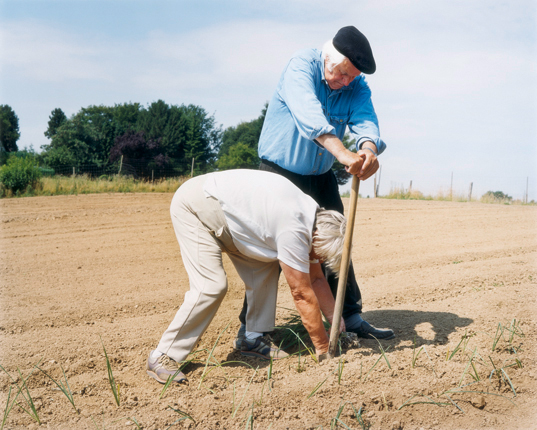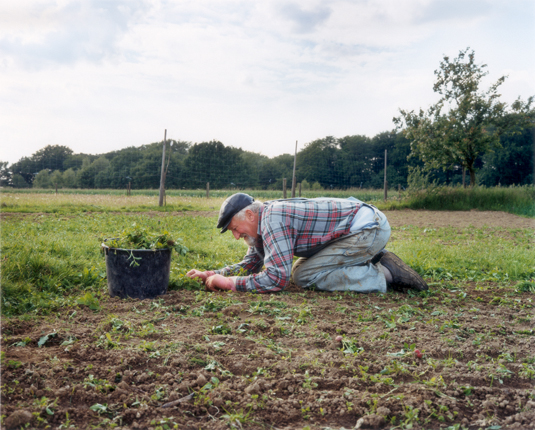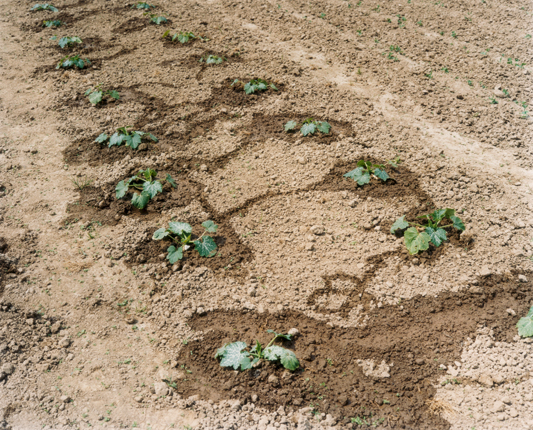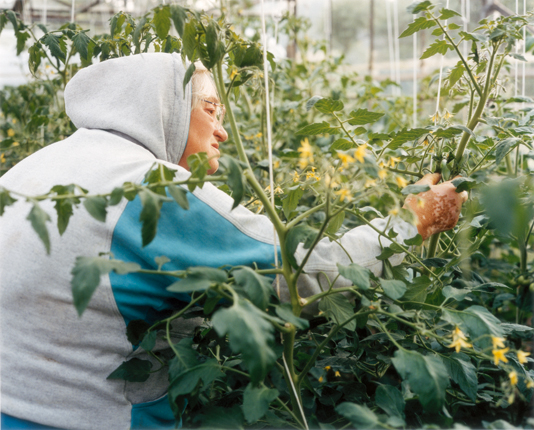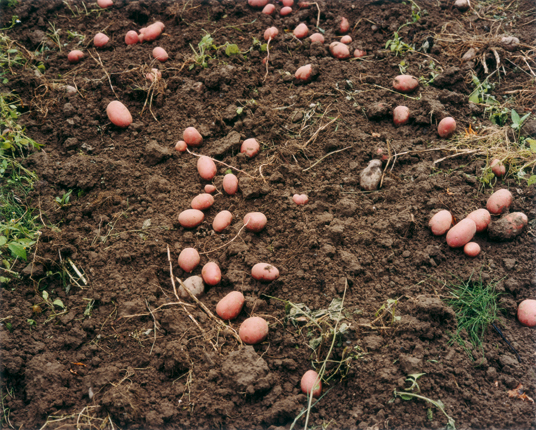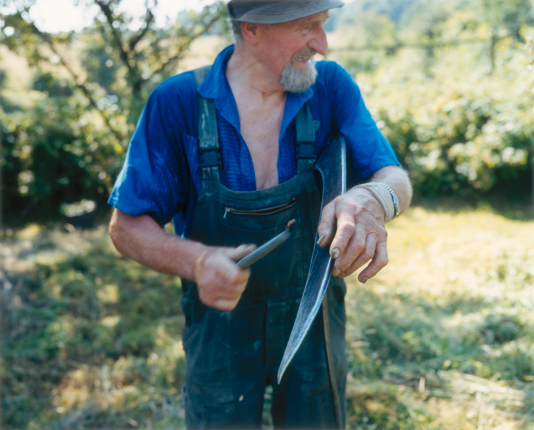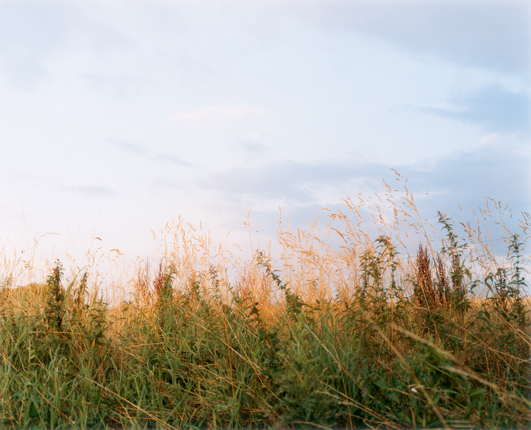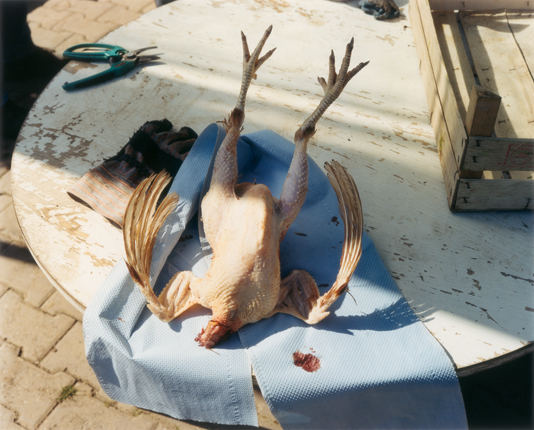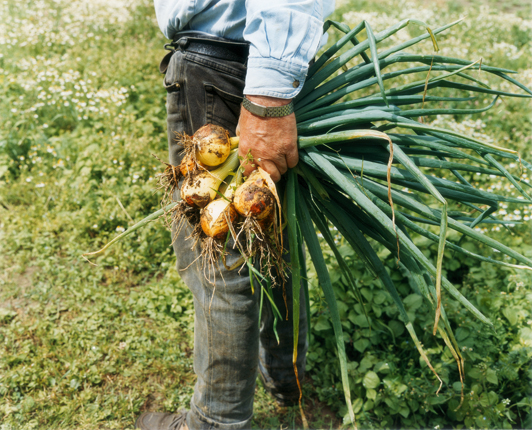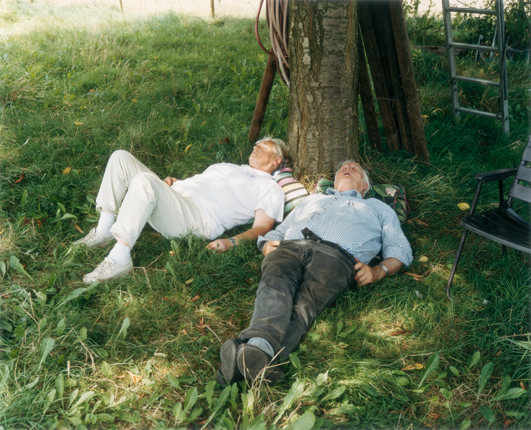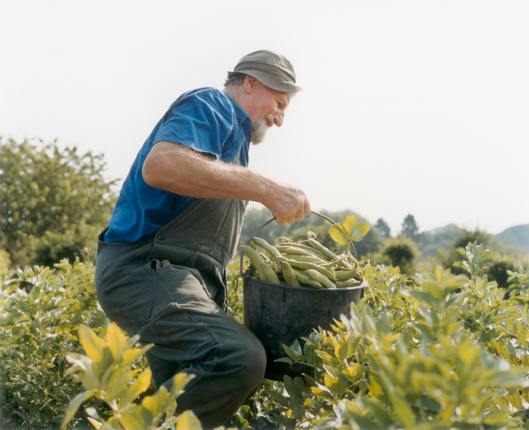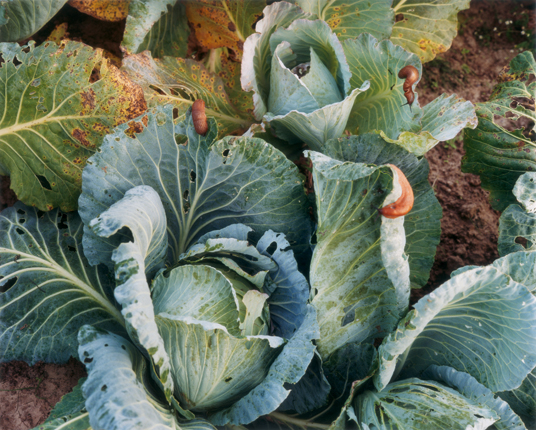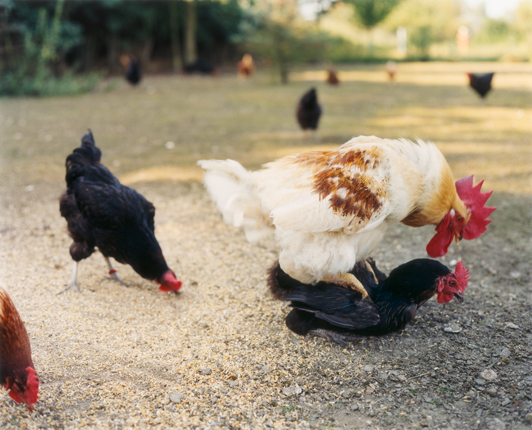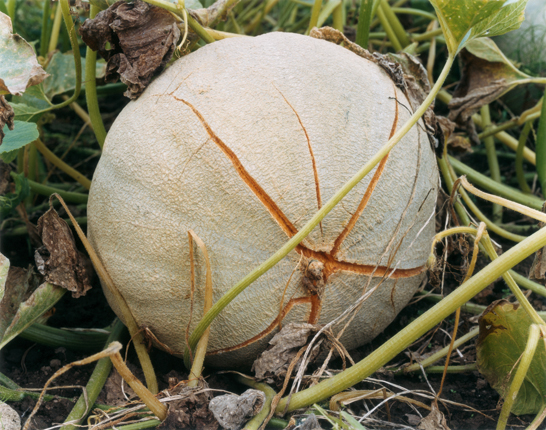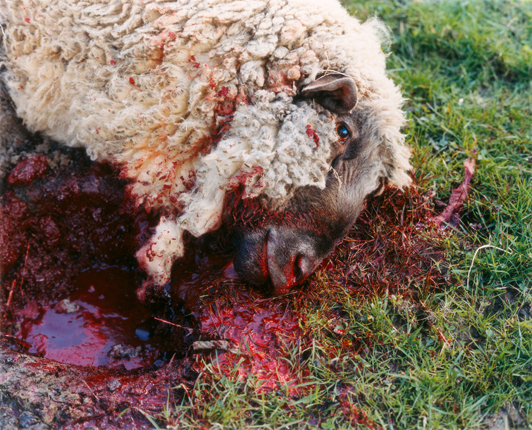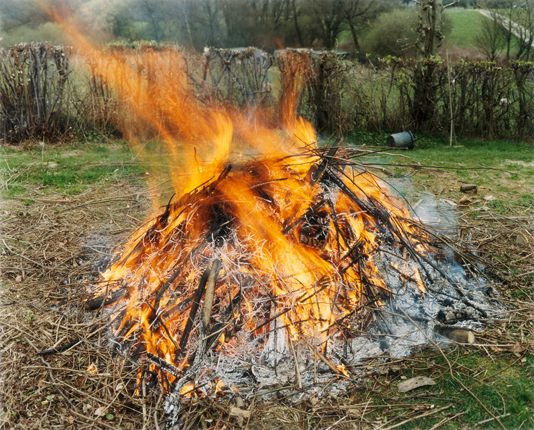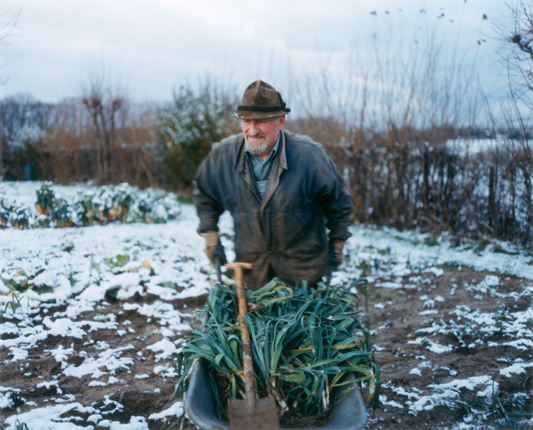It was the summer of 1998. We were taking a walk and went down a path unknown to us.
Inbetween a paddock and houses. The trail turned into a path of desire. We found ourselves
looking at a greenhouse with a bench under its glassroof. This place was wonderful! In front
of us a pasture with grazing sheep, behind us the greenhouse with lots of tomatoes and next
to it a garden.
We sat down on the bench in order to enjoy the beautiful atmosphere. After a while
a car slowly rolled down the hill. Two seniors stepped out. He opened the garden gate, she joined us and started talking.
For the last 20 years, in any wind and weather, 365 days a year, they had cared for their plants and animals. They could have spent their sunset years in an armchair, but that would have been too boring for them. Here, in the Ruhr Vally, on the outskirts of Essen and Mülheim, Germany, they wanted to establish an ecological haven. They are helped by a friend.
In the beginning I would bike there to buy their vegetables. Eventually I started to
take photographs.
When I started to take photographs on their farmed land, I realized that an old longing of mine emerged. I was impressed by these beautiful acres of land. I liked the engaging and loving way in which Margret, Walter and Erwin approached the daily chores of farming. They did not use chemical fertilizer or poison. Snails were controlled by using beer traps. This vitality inspired me a lot.
I experienced the animals as individual beings with distinct characteristics. To me the plants
indicated how life spreads in time and space. Each moment was determined by a certain
constellation of light, movement and color. Growing and decay are close to each other.
I understood the interaction between the process of growing and human interventions as
the creation of culture. Healthy soil. The foundation of our existence.
Images and text from THE GOOD EARTH // Peperoni Books 2013

